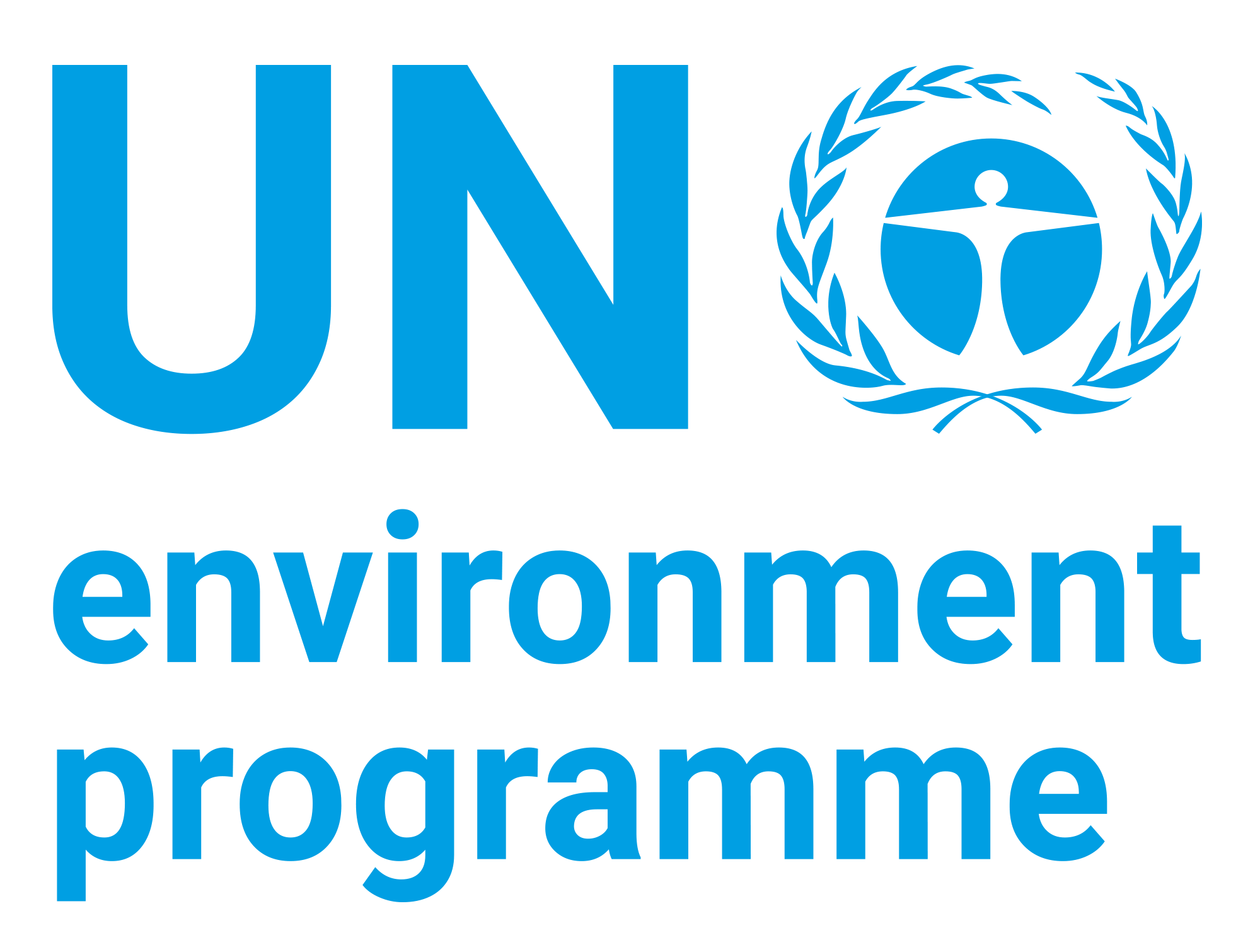| dc.contributor | Economy Division | en_US |
| dc.contributor.author | United Nations Environment Programme | |
| dc.contributor.author | International Labour Organisation | |
| dc.contributor.author | World Health Organization | |
| dc.date.accessioned | 2019-08-20T20:34:59Z | |
| dc.date.available | 2019-08-20T20:34:59Z | |
| dc.date.issued | 1998 | |
| dc.identifier.isbn | 92 4 157202 7 | en_US |
| dc.identifier.uri | https://wedocs.unep.org/20.500.11822/29533 | |
| dc.description | Polycyclic aromatic hydrocarbons (PAH) constitute a large class of compounds, and hundreds of individual substances may be released during incomplete combustion or pyrolysis of organic matter, an important source of human exposure. Studies of various environmentally relcvant matrices, such as coaL combustion effluents, motor vehicle exhaust, used motor lubricating oil, and tobacco smoke, have shown that the PAl -I in these mixtures are mainly responsible for their carcinogenic potential. | en_US |
| dc.format | Text | en_US |
| dc.language | English | en_US |
| dc.rights | Public | en_US |
| dc.subject | hydrocarbon | en_US |
| dc.subject | risk assessment | en_US |
| dc.subject | chemical | en_US |
| dc.subject | toxic substance | en_US |
| dc.title | Selected Non-Heterocyclic Polycyclic Aromatic Hydrocarbons - Environmental Health Criteria 202 | en_US |


